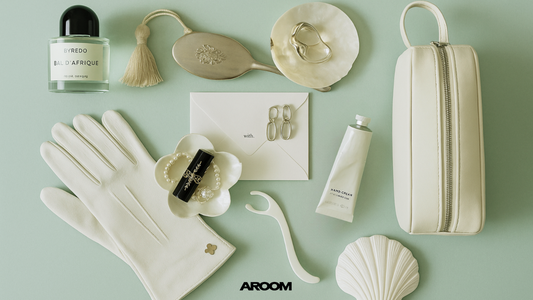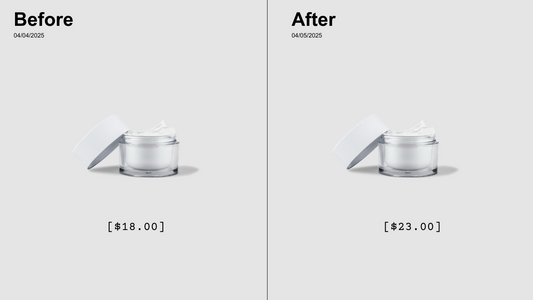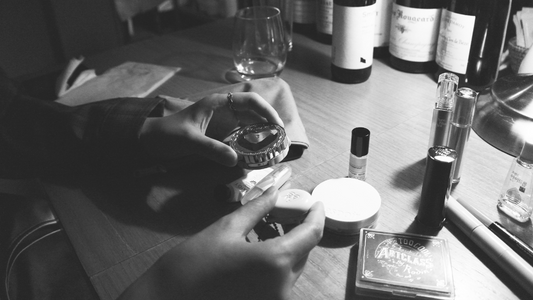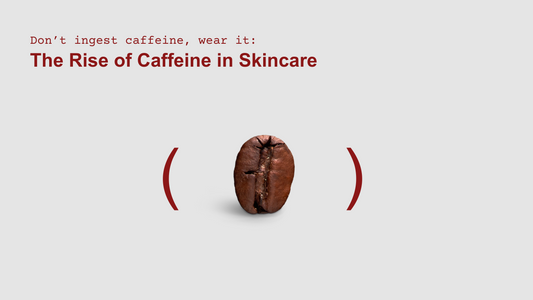
Why Your K-Beauty Routine Is About to Get More Expensive
Sieun LeeShare
Tariffs Are Back — and They’re Hitting Where It Hurts
When we think of K-beauty, we think of hydrating serums, innovative eye masks, and a certain kind of sensorial self-care. What we don’t typically associate with it? Macroeconomic politics. But this spring, that’s exactly where the story goes.
The recent wave of tariff announcements from the POTUS has reignited global trade tensions — Korea, along with practically every other country, caught in the crossfire. Early this April, Trump announced a new series of tariffs under the "Liberation Day" initiative. This is to impose up to 125% tariff duties on various imported goods, including beauty products. However, soon after this announcement, Trump dramatically reversed his decisions and dropped tariffs to a universal 10% rate — vacillating policies leaving the world in confusion.
The new tariffs aren’t just about percentages and spreadsheets. They're already reshaping consumer access, brand pricing strategies, and even which products might survive the shakeout.

How the Beauty Industry is Scrambling
Global beauty giants and indie brands alike are in reaction mode. According to Business of Fashion, many brands are re-evaluating their production locations and export strategies. The immediate moves are around changing the formula to source elsewhere, recalculating margins, and strategizing the supply chain.
For Korean skincare brands, it’s even more complicated. Many of the cult-favorite lines rely heavily on domestic R&D and manufacturing to retain their unique formulas and textures. In other words, moving production elsewhere to avoid tariffs isn’t a quick pivot — it’s a brand risk.
One executive at a Korea skincare label shared that they’re bracing for a minimum 15–20% increase in U.S. retail pricing if the tariffs continue. For American distributors and retailers, that means having to choose: Pass that cost to the consumer or absorb it at the expense of their margins. Neither option is pretty.

The Shelf Is Shifting
So what does all this mean for your bathroom shelf?
For one, prices are likely to rise — especially for viral or high-performance items that don’t have direct U.S. equivalents. Entry-level K-beauty might still remain affordable. But mid-tier and prestige products could become noticeably more expensive, or even disappear from U.S. stock altogether. And once the price increases, it’s very unlikely to come down again.
Even more, the unpredictability of tariffs and trade updates has made forecasting a headache for retailers. Many are slowing restocks or pausing imports altogether, leading to “out of stock” frustrations for consumers. Expect longer wait times on your favorite sunscreen or cleanser.
Beyond availability, there's also an emotional shift happening. K-beauty has long been a category where consumers felt they could indulge in luxury-grade skincare without the luxury price. It's celebrated for not only for its innovative formulations and sleek packaging but most importantly, affordability.
While beauty might seem far from policy, the truth is our skincare routines are more global than ever. And when trade wars flare, the consequences trickle down — from international shipping lanes to your next cleansing balm.
As trade negotiations continue to unfold, we’ll be watching closely about what this means for the future of skincare. Because the question isn’t just how much more you’ll pay for your next toner. It’s how the global beauty landscape is reshaping.
Stay tuned.
Find us on Instagram → @aroom_global




